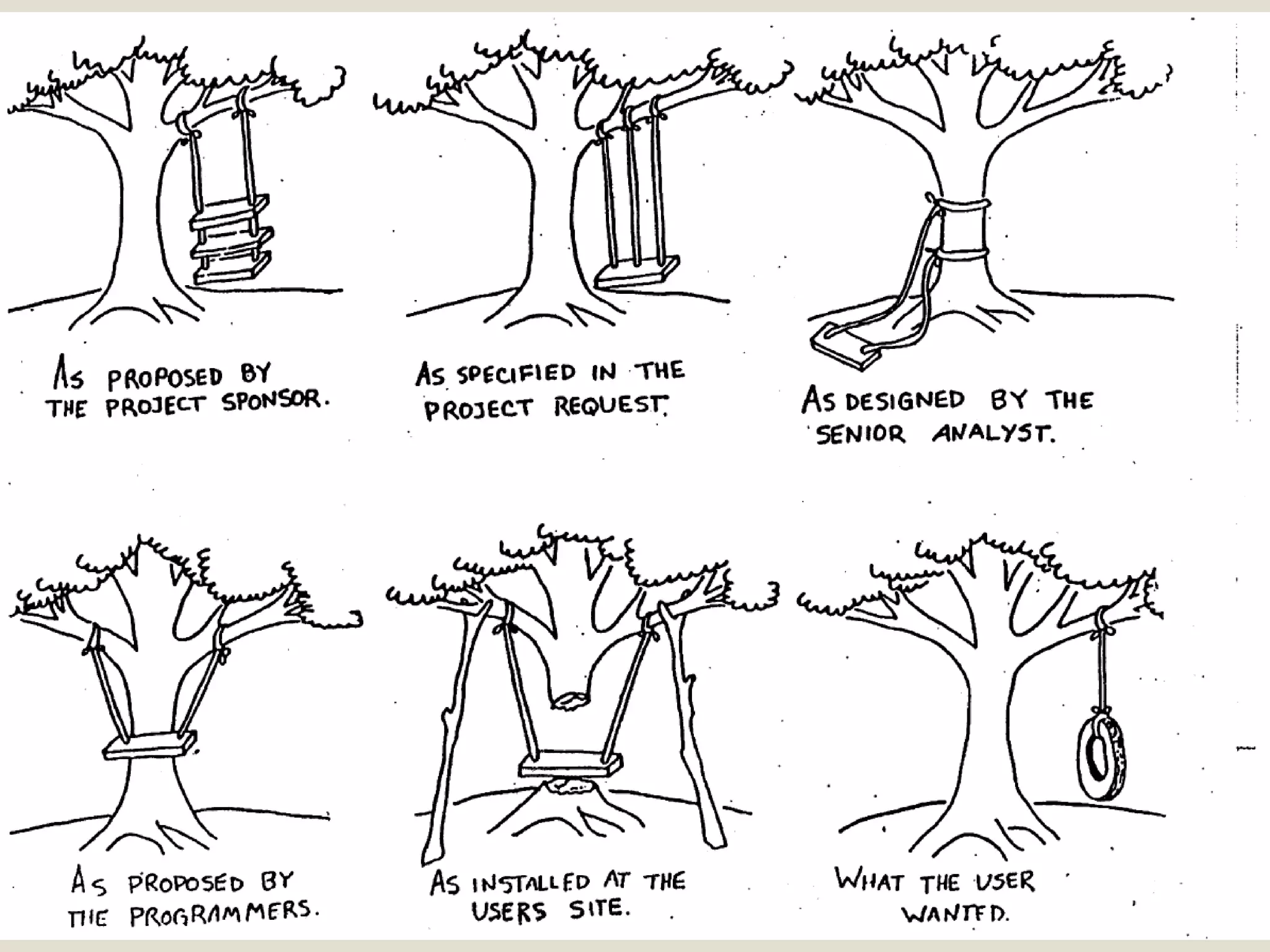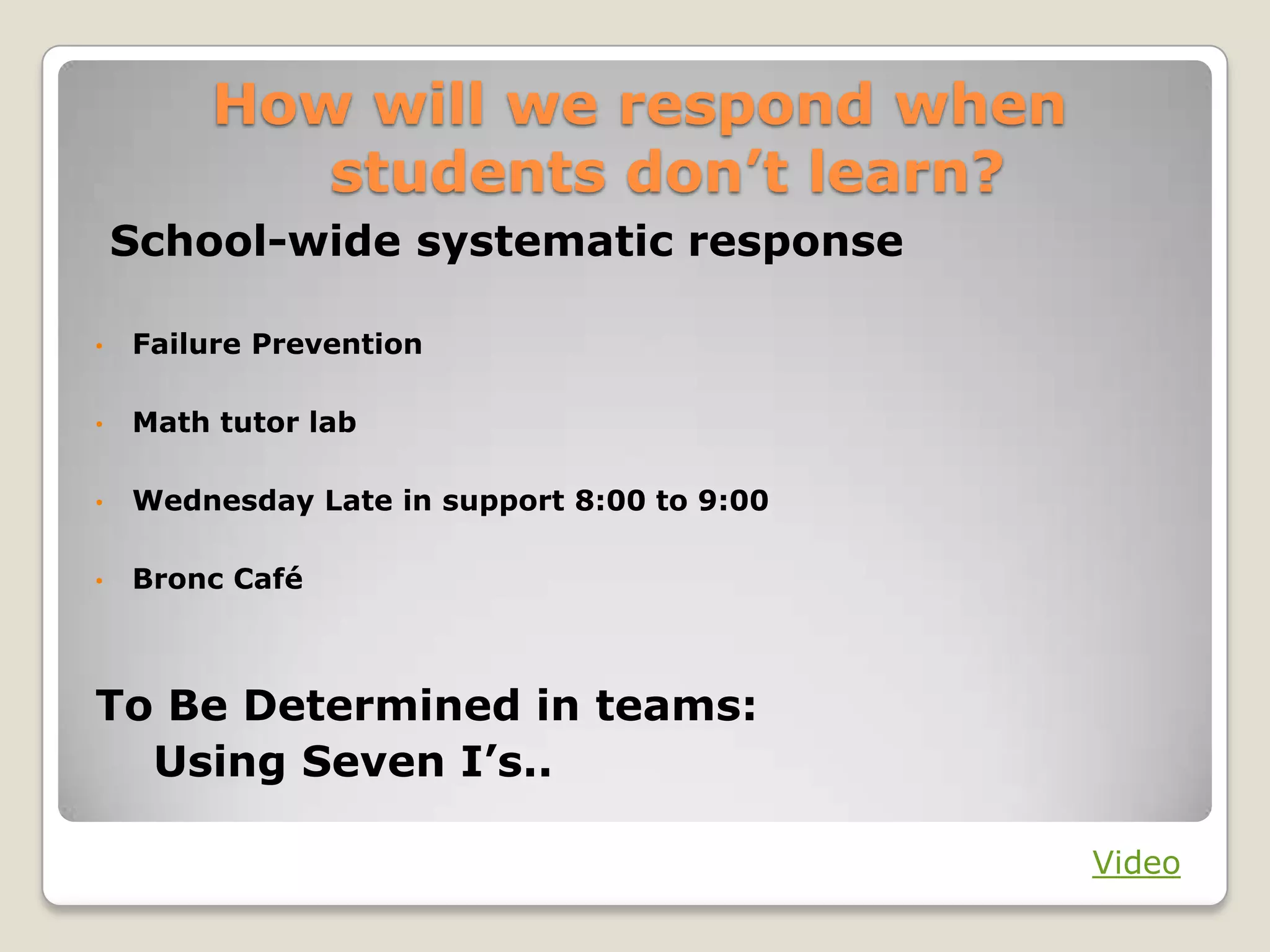The document outlines the principles and structures of a Professional Learning Community (PLC) focused on enhancing student learning through collaboration among educators. It emphasizes shifting the focus from teaching to learning, implementing systematic responses for students who struggle, and fostering teamwork to improve educational outcomes. Key elements include critical questions for assessment, collaborative norms, and commitments from both administration and teachers to support the growth of all students.



























